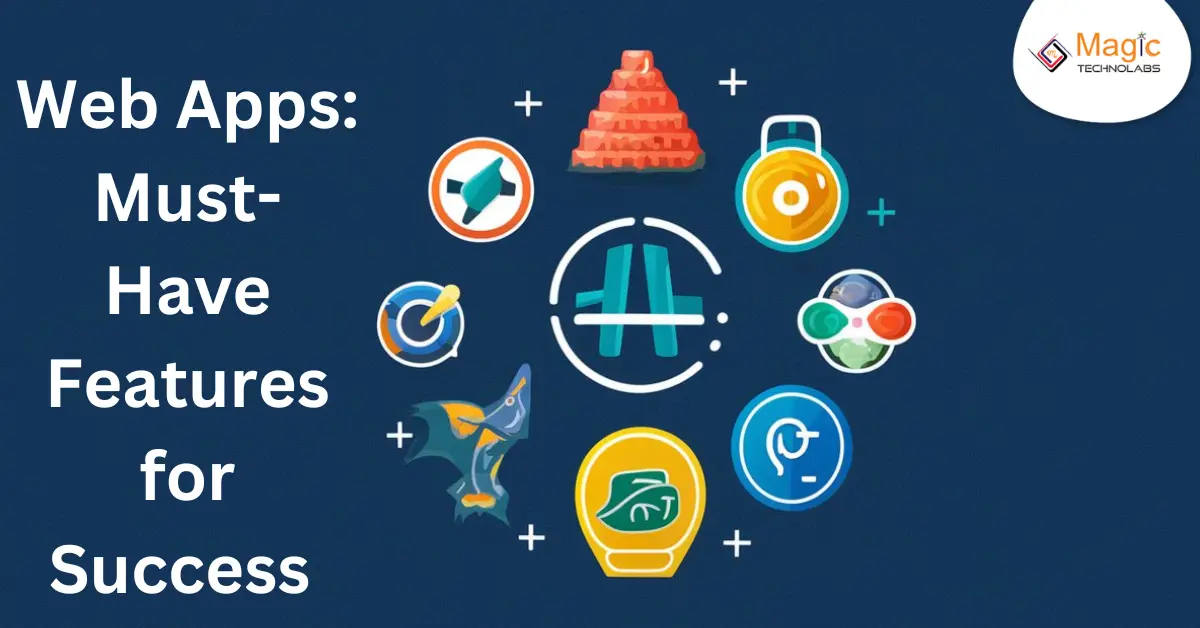Web applications are ubiquitous in the modern world we live in where everything is especially interconnected through the Internet. They help to make work quicker, introduce us to information, and improve our day. But what factors make a web app shine? It goes well beyond a great idea. Below are the basic components that will help sustain the interest of the user who will be spending most of their time browsing your choice website.
1. User-Friendly Interface (UI) and User Experience (UX): This is the first thing that the user is able to see and interact with in you app. Easy to use interface enables smooth maneuvering with proper UX design leading the users to the end objectives. It was clean looking with a template style layout and all of the elements and prompts seemed very helpful.
2. Seamless Performance: People don’t like slow applications: thus, there is no need for a slow application as well. Optimise for quick loading, fast response to user’s actions and appropriate handling of data. Minimise code, make good use of cache techniques, and ensure fast hosting for a glitch-less flight.
4. Secure and Reliable: It is incredibly important that the trust between the kid and the interviewer is maintained. Ensure that the user data is well protected by putting in place a good security system. Security accesses, login credentials, and security checkups should be well observed and implemented often with the use of passwords. Frequency also denotes your ability to update the app to address emerging threats and therefore exhibits the desire to safeguard users.
5. Accessibility for All: Beth makes an apt point when she says that a good application helps a range of users. These include items such as the creation of access keys, compatibility with screen, readers, and keyboard, and ability to zoom up text. This facilitates the user experience for all the people.
6. Offline Functionality (optional): Not all connections are assured – this is the last truth about state-of-the-art technology in health care setting. Adopt some of the functions that can be potentially available offline, such as satisfying a user’s need to view some data or perform some actions without connectivity to the Internet. This was done to increase flexibility and create better functionality for the operations being performed.
7. Push Notifications (optional): Engage with your users as this will assist you in making the right decisions. Some of the uses of push notification include passing timely notifications, reminders, or even relevant information. Nevertheless, it is prudent to use them with a view of avoiding being invasive when applying this type of media.
8. Scalability and Maintainability: At this point, an expansion of your user base in your application must be made. Select an architecture that is to be elastic so that it can accommodate higher flows and loads across the organization. Properly coded main modules enable modification, removal of bugs or, incorporation of subsequent features.
















